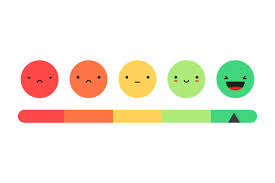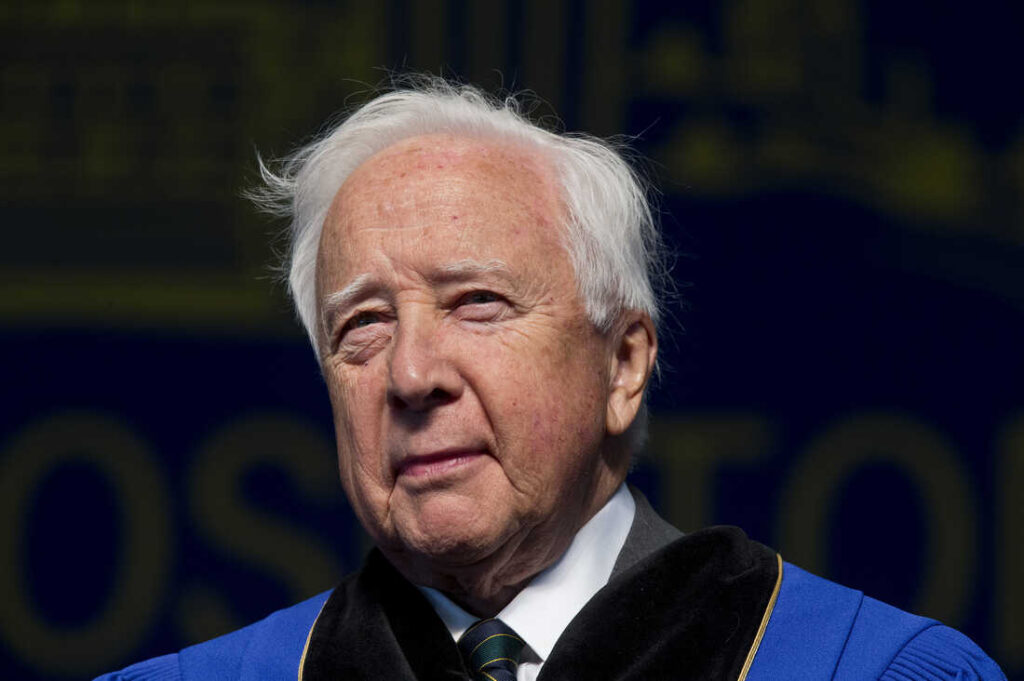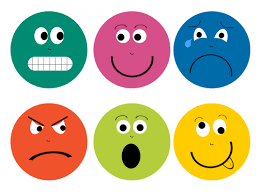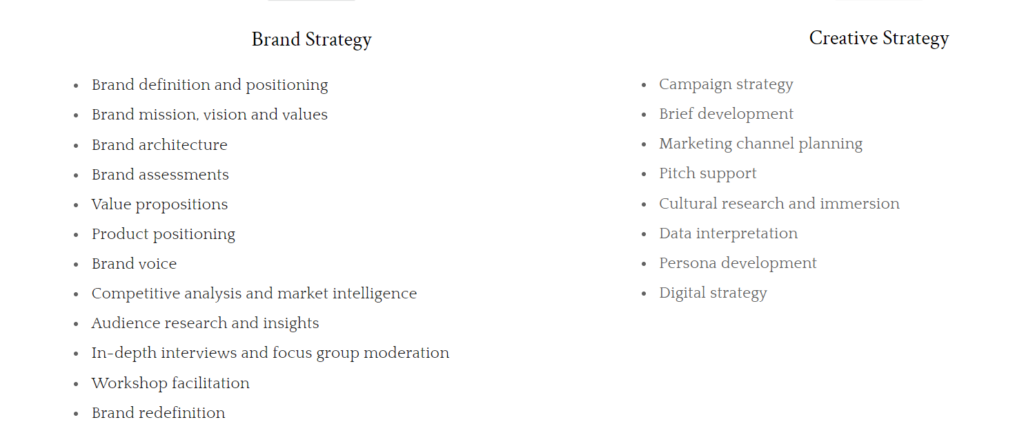Mutations and Evolution.
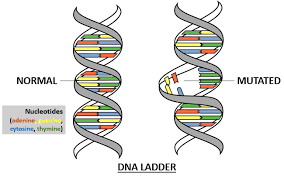 I’m a closet anthropologist and someone who likes to think about evolution. A professor at my alma mater Rollins College explained taught me one of the forces of evolution is gene mutation. Natural selection being another important force. Human evolution takes hundreds of thousands of years and even though my brand strategies are designed to be future-proof, they won’t stand up to that timeframe. Hee hee. So, we should always entertain the notion that brand strategies can evolve. To that end we must always keep an eye out for mutations.
I’m a closet anthropologist and someone who likes to think about evolution. A professor at my alma mater Rollins College explained taught me one of the forces of evolution is gene mutation. Natural selection being another important force. Human evolution takes hundreds of thousands of years and even though my brand strategies are designed to be future-proof, they won’t stand up to that timeframe. Hee hee. So, we should always entertain the notion that brand strategies can evolve. To that end we must always keep an eye out for mutations.
Our job as brand planners is to watch out for the signs. One way to do this is to constantly update and refresh the proof plank. Keep a history or archive of your proof planks over time and then look back to see how they have changed.
If the market changes in a way that one of your planks seems less of a care-about or good-at – or if that particular plank is lagging in activity — consider a new plank. Remember evolution is slow. And that can work in your favor. Just don’t assume everything stays the same forever.
If you feel a new stronger brand plank coming on, test it. Do not add a new plank to the mix. It will only confuse your target.
Peace.




